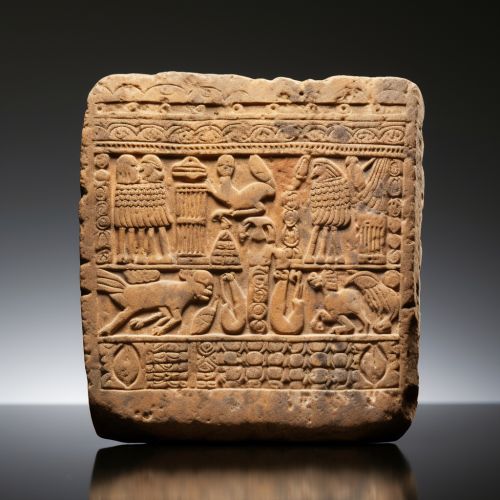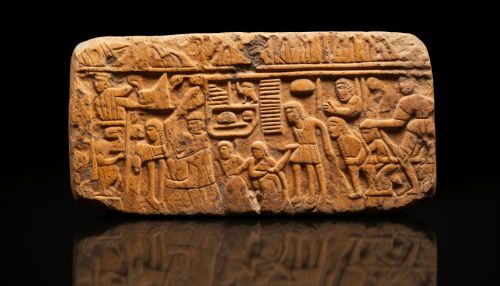Cuneiform
Origins and Development
The earliest form of writing, Cuneiform, originated in the ancient civilization of Sumer in Mesopotamia, around 3200 BC. This system of writing was developed by the Sumerians, who were the first to establish a complex urban civilization. The term "cuneiform" comes from the Latin word "cuneus", which means "wedge". This name was given due to the wedge-shaped marks made by the stylus on clay tablets.


Cuneiform evolved over time and was adopted by other cultures and languages, including Akkadian, Babylonian, Elamite, Hittite, and Assyrian. It was used for over 3000 years, until it was gradually replaced by alphabetic writing systems.
Structure and Function
Cuneiform writing is composed of a combination of wedge-shaped marks, made by pressing a reed stylus into a clay tablet. These marks are arranged in various patterns to represent words or syllables. Unlike alphabetic systems, cuneiform is a logo-syllabic system, combining logograms (symbols representing words) and syllabograms (symbols representing syllables).
Cuneiform was used for a variety of purposes, including administrative records, legal documents, literature, and scientific texts. It was also used for monumental inscriptions, carved into stone or metal.
Decipherment
The decipherment of cuneiform began in the 19th century and was a significant achievement in the field of Assyriology. The key to understanding cuneiform was the Behistun Inscription, a trilingual inscription carved into a cliff in Iran. This inscription was written in Old Persian, Elamite, and Babylonian (a form of Akkadian). The Old Persian text was deciphered first, which then led to the decipherment of the other two languages.
Legacy
Cuneiform is significant as the earliest known form of writing, and its development marked a major advancement in human civilization. It allowed for the recording of history, laws, and knowledge, and facilitated the administration of complex societies. Despite being replaced by alphabetic systems, the influence of cuneiform can still be seen in the modern world, particularly in the field of Assyriology, the study of the ancient Near East.
